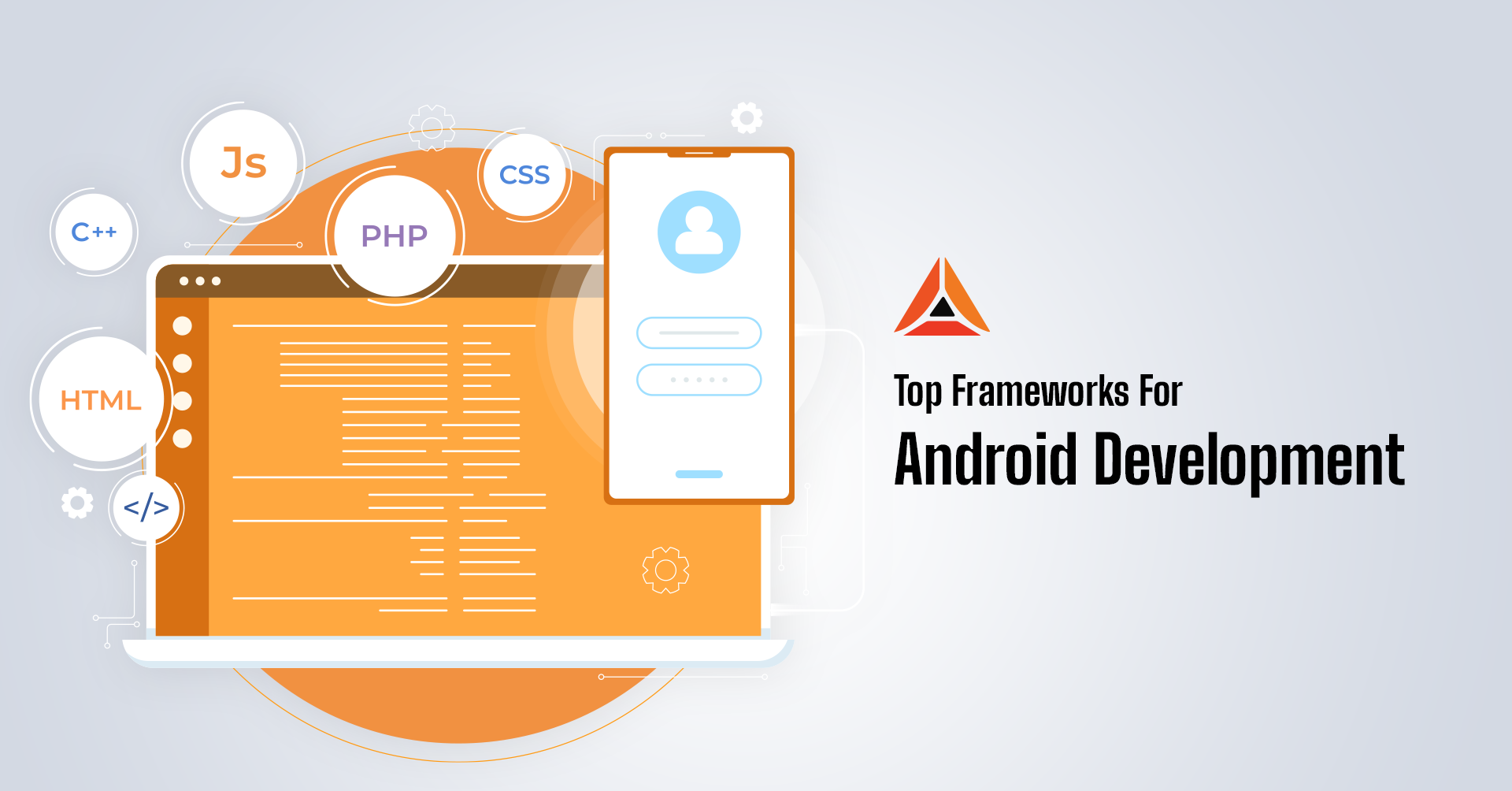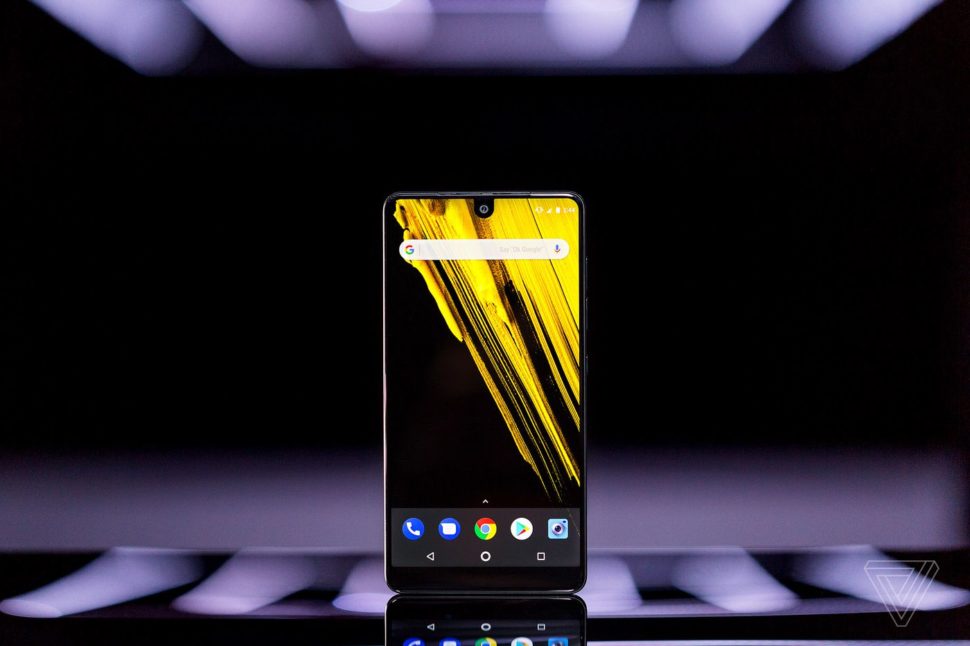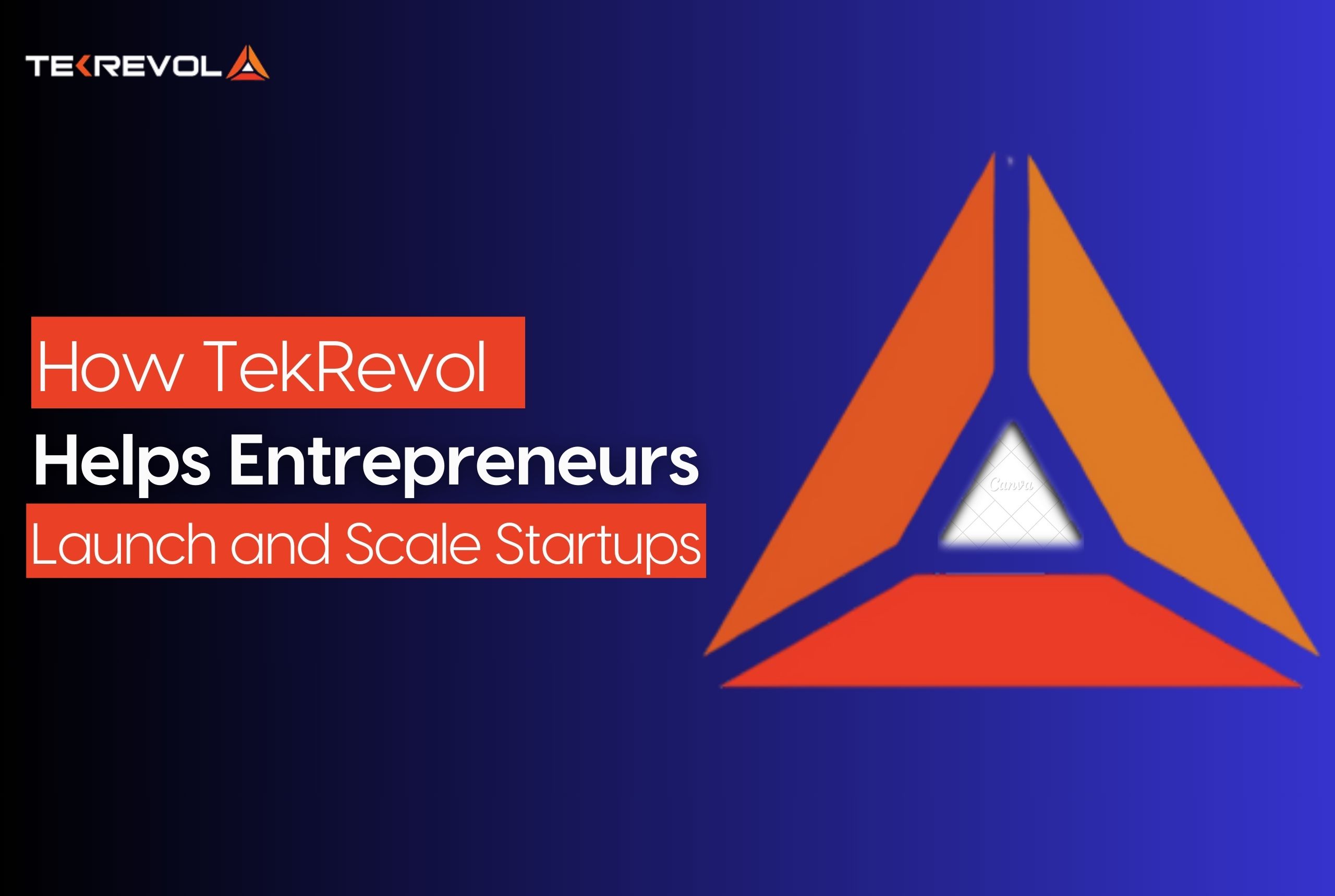An Android framework is a software development toolkit comprising UI graphics, ready-made code snippets, and resource libraries dedicated to Android app development.
For an Android app development company, these frameworks simplify and speed up the overall development process, including design, technical feature specifications, API integration, and testing and debugging.
While there are different development frameworks available to companies specializing in Android app development, this article covers the top 3 because of their developer-friendly nature, cross-platform capabilities, community, and global popularity.
1. React Native – One of the Complete Android Frameworks
React Native is an open-source, cross-platform framework for Android app development platform and iOS app development, created by Facebook in 2015.
It is considered one of the best platforms for Android app development.
For a quick background, Facebook launched React Native to meet certain app development challenges when it released FB’s web page extension for mobile devices. In 2015, RN became Facebook’s flagship development framework and now powers Facebook’s Marketplace extension, Facebook Ads, Facebook Analytics, and Instagram.
While we consider it the best Android framework because of its capabilities in JavaScript, mobile app developers around the globe use React Native to build applications for iOS, Web, and Windows too.
It is a developer-friendly framework considering it requires you to write only one code and use it on any other platforms you like. This means you can use a single codebase to create a truly native app, while always having the option to use it on other platforms.
Part of React Native’s app development popularity as Android frameworks comes from the time and cost advantage it provides to the developers. Currently, 38% of global custom software developers used React Native for cross-platform development in 2022 (Statista).
Also, around 8.43% of developers around the world, used React Native libraries and framework as of 2023 for overall software development.
Why Choose React Native
- It implements native User Interface elements from React which is one of the best development libraries available to the world. That’s why, the resulting apps are high-quality in terms of graphics and UI.
- React Native has the Hot Reload option. This means that developers working on an app can add more code to an existing and ‘running’ app and see real-time changes in the UI within 1 second.
- Because React Native is older than Flutter (another one of the most popular Android frameworks discussed below), RN has a bigger community of developers, testers, and debuggers. This means that if a developer gets stuck in a technical glitch, faces an error, or wants to learn to integrate an altogether fresh app feature, they may ask questions on platforms like Stack Overflow, Reddit, and GitHub and get support from thousands of developers, and find tutorials, libraries, free design assets, and articles.
In addition to Facebook’s native application frameworks in Android and iOS, React Native also powers Android and iOS applications of giants like Pinterest, Coinbase, Shopify, Salesforce, and NerdWallet. QQ, China’s biggest messaging platform owned by Tencent Holdings has an Android app built on React Native. On-demand solutions like Uber Eats and Delivery.com also utilize React Native.
Because Facebook’s major revenue grounds depend on React Native, developers do expect timely updates that will make this Android development framework more robust to meet modern development challenges.
2. Flutter – Android Framework for Elegant User Interfaces
Flutter outruns a lot of Android frameworks for its focus on user experience. Flutter is an open-source, object-oriented Android development framework created by Google in 2017. The framework is written in Dart, a programming language popular for its focus on User Interfaces.
While Google has always advertised Flutter as a framework for ‘beautiful native apps’, global developers are all the more impressed by its cross-platform capabilities.
While it was created to help developers build native to platform-independent applications with a single codebase, Flutter now has dedicated benefits for three parties:
Appreneurs: Flutter as an Android framework minimizes the barriers to entry in the app market. Think of an epic app idea and get it developed on Flutter. If you’re a newbie appreneur, a startup, or have considerations for time and budget, Flutter is the best fit because it gives you options: either invest in a native app (Android or iOS), or a cross-platform application and use the single codebase to update or launch a platform-specific application in future.
App developers: Flutter reduces the development time and allows for real-time changes in code, testing, and debugging – exactly what an Android framework is supposed to do! 42% of global software developers used Flutter in 2022 (Statista).
Also, around 9.12% of developers around the world used Flutter libraries and framework, as of 2023 for overall software development.
Businesses: Android is already a super lucrative road to Android app development frameworks. It has the biggest chunk of smartphone users and is the leading mobile market. Flutter’s core focus on UI and UX brings along a competitive advantage for businesses that either want to gain operational excellence or boost customer experience on Android.
From a logical standpoint, for businesses that outsource their app development, Flutter is a means for getting more apps for the price of one, because Flutter apps, as we have mentioned earlier, use a single codebase for platform-specific as well as platform-independent solutions.
More importantly, Google has already rolled out the beta of Flutter’s newest version: Flutter 2.5 and it’s coming with extended support for web and desktop applications, design for Android, and text shortcuts. This update is all the more relevant now when brands are becoming platform-independent and want to give an equivalently significant user experience to their consumers across different devices.
Why Choose Flutter
- Flutter makes debugging convenient down the road. It comes with tools like DevTools, IntelliJ, and Flutter Inspector that make the assessment of breakpoints and values easier.
- Flutter too has the hot reload capacities and developers can view changes in their apps in real-time.
- Though a bit smaller than React Native, Flutter’s community is also significantly growing. While it already has design and debugging tools, it also has a network of developers on GitHub, Stack Overflow, Reddit, LinkedIn pages, and Quora. This huge network makes it easier for newbie developers and appreneurs to get their apps tested and fixed when required.
- Monetizing Flutter apps is convenient. It is easier and faster to integrate Google Ads models on Flutter apps because of the shared Google roots.
In addition to Google’s Smart Display features, Flutter is used by eBay, Tencent, Alibaba, Sonos, and Capital One. Fintech giants Square and Nubank are also using Flutter as a means to scale their mobile development. Automobile giant, BMW is also leveraging Flutter for establishing the technical architecture of its My BMW app.
Inspired by all these tech giants and how beautifully their apps turned out, TekRevol’s mobile app developers have also built three of our major hits, Stop Vaping Challenge, AMJ Wellness, and TeeMates on Flutter.
3. Xamarin – An Average Android Framework
Xamarin is an open-source Android framework launched by Microsoft in 2011. It is an important part of Microsoft’s .Net platform. Most apps powered by .Net today have utilized Xamarin capabilities either for the ready-made code snippets or for the design assets.
This Android framework works well with Microsoft’s overall programming package and AI databases. Organizations like Alaska Airlines, Cincinnati Children’s, All Scripts, UPS, Postage, and the Academy of Motion Pictures Arts and Sciences have utilized Xamarin to build their flagship applications.
Around 3.32% of developers around the world used Xamarin app development framework and libraries, as of 2023 for overall software development.
Why Choose Xamarin
- Xamarin gives developers the freedom to choose their APIs from Google, Apple, and Facebook. These APIs strengthen the back-end (server-side of apps) and help developers add extended, rich, and native capabilities to their applications.
- Xamarin has a vast library of programming resources including UI graphics, widgets, and templates. Developers can choose to use these on an as-is basis or customize the way they want.
- Xamarin is closely integrated with Microsoft Visual Studio and C#. Android apps that were conventionally made on these platforms or the .Net platform can be improved, tested, and debugged quickly with Xamarin.
While Xamarin has most capacities developers look for in Native Android frameworks, only 11% of global developers used Xamarin and it lost against Flutter and React Native in 2021. There are two reasons behind this major shift:
- Developers’ growing interest in cross-platform development: While it is great to have a native Android app, most businesses now don’t want to lose millions of other users who browse apps on iPhones, wearables, Smart TVs, and game consoles.
- The ease of use brought about by Flutter and React Native: They are way more developer-friendly than Xamarin, take less time and cost, and have a bigger community and millions of resources to learn from.
Xamarin is not a bad choice for Android app development frameworks if you are up for building an app from scratch. But if you need superb user experience, animations, and game capabilities, the first two development frameworks might hit the right string.
Wrapping Up…
While React Native and Flutter already have tough competition in the development community, TekRevol’s pick is Flutter as the best Android development framework.
That’s because it gives our developers the freedom to be as creative with their User Interfaces as they wish. More importantly, it gives our tech partners the ability to launch their applications on conventional as well as emerging platforms with growing audiences.
We believe real innovation happens when your users don’t have to switch between devices to use their favorite app. And Flutter does just that for our clients.
- Have an epic app idea? Turn it into a successful digital reality on Android, iOS or both!

 2862 Views
2862 Views November 5, 2021
November 5, 2021









